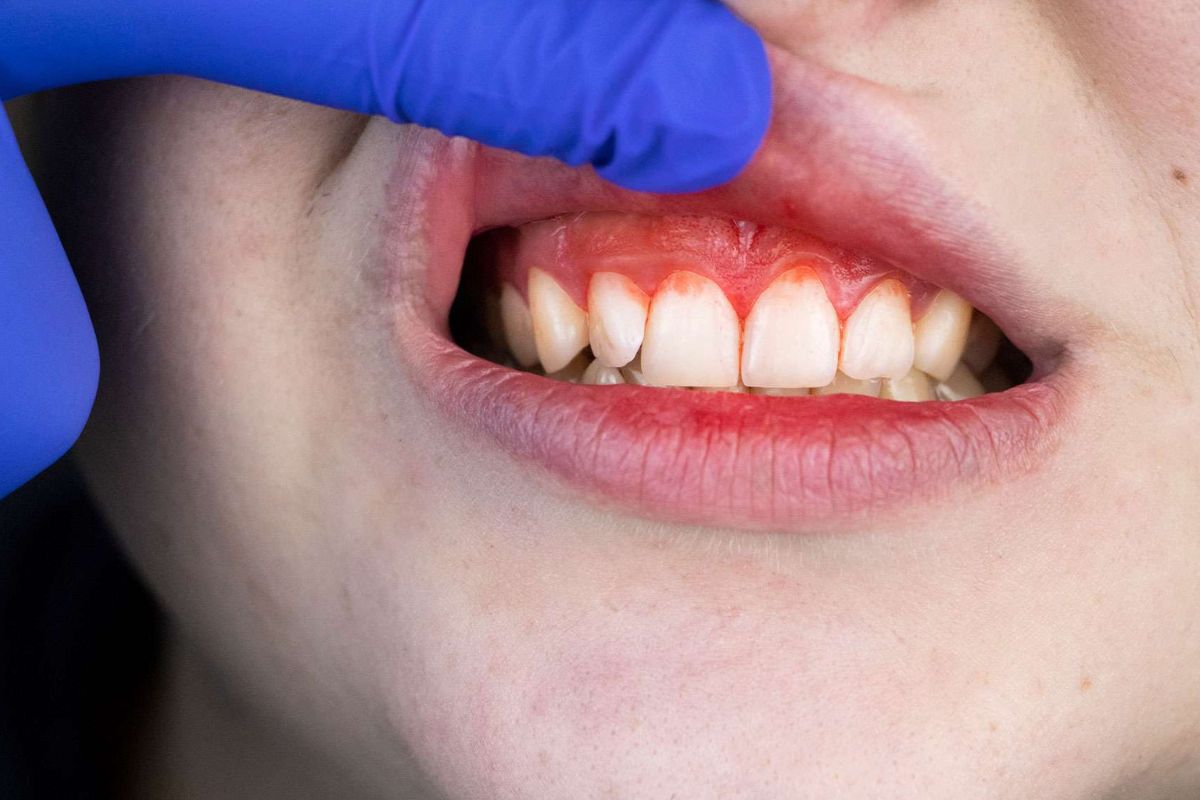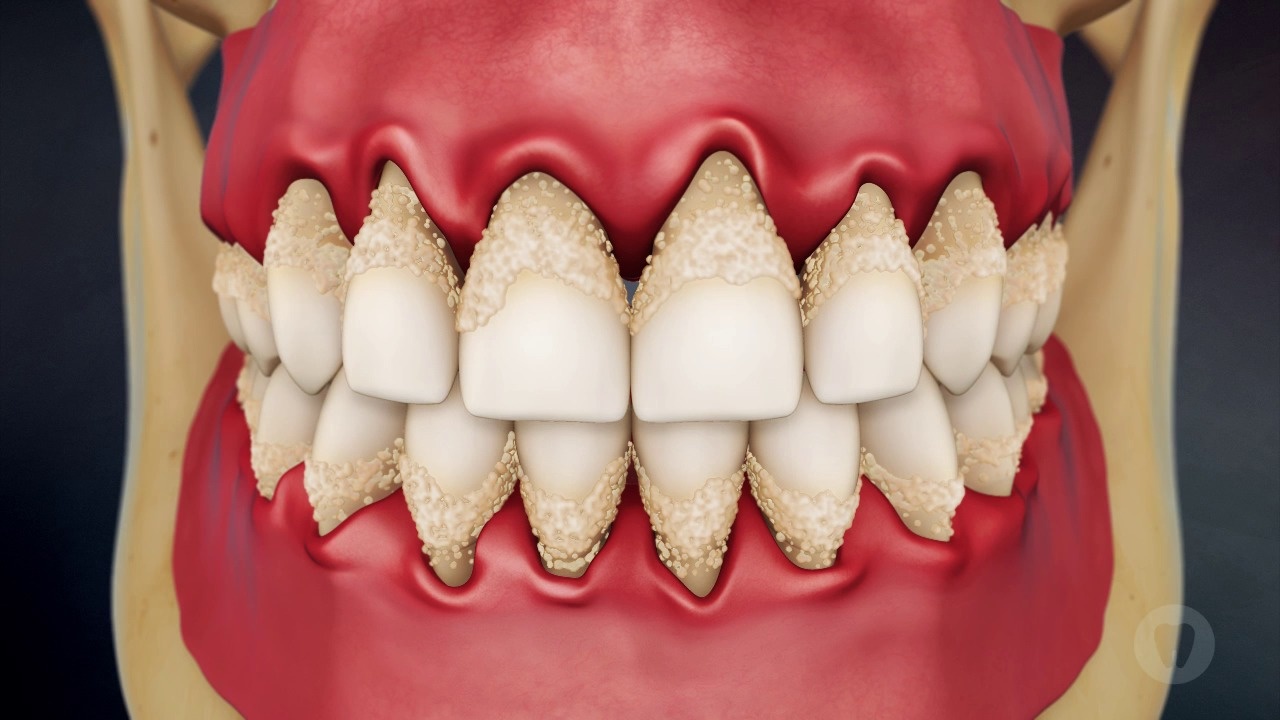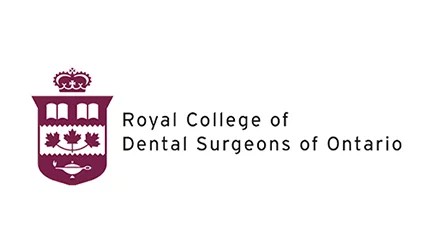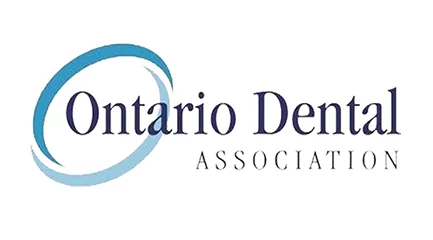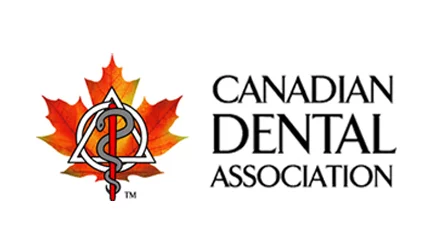Did you realize that more than 50% of the adults living in the United States have a type that is known as periodontal diseases? With such a large number of people suffering from gum diseases, you could be wondering if the disease is an infectious disease.
You may also be wondering if you suffer from it or if you can prevent it. Continue reading to find out more about this common oral disease, whether it’s contagious, and ways to avoid and manage it.
SYMPTOMS AND CAUSES:
The signs of periodontal disease could include:
- Gums that are reddish or purplish
- Bleeding
- Soreness
- Bad breath (halitosis)
- A taste that is not pleasant
- It is painful when you chew
- Gum recession (gums that slide out from the teeth)
- Unstable teeth
- Changes in the way your teeth are positioned
STAGES OF PERIODONTAL DISEASE:
The most healthy gums are solid to the contact. They don’t bleed or expand. However, periodontal diseases can result in discoloration (reddish or purple) and swollen, bleeding gums. If left untreated, gum disease could lead to the destruction of the jawbone underneath and tooth loss.
The degeneration of the tissues around your teeth occurs slowly. In reality, the majority of sufferers don’t feel pain from gum disease, particularly in the beginning stages. It’s, therefore, important to be aware of the signs to look out for.
Four stages are associated with gum disease.
1. GINGIVITIS:
It is the first period of gum disease. It is characterized by gums that are puffy and red. They can bleed after you floss or brush. At this point, there’s no bone loss. Therefore, gingivitis can be completely reversed when treated properly.
2. MILD PERIODONTITIS:
The bacteria have sunk into your gums and affected the bone that supports them. The gums can be pulled off from the teeth, forming pocket spaces between them. Plaque and bacteria love to be a part of these pockets in places where your toothbrush and floss cannot reach.
3. MODERATE PERIODONTITIS:
If it is not treated, bacteria begin to degrade the ligaments and soft tissues and the bone that holds your teeth in the correct position. You might notice the smell of bad smell and blood (infection) in the gum line. Certain people experience discomfort at this point.
4. ADVANCED PERIODONTITIS:
As periodontal diseases worsen, bone loss continues. This could cause the teeth to loosen, and eventually, they will fall out.
If it is treated in time, gum disease can be reversed. If you’ve already lost your tooth’s bone because of infection, the condition is already too advanced for reversal. However, you can treat it with the right treatment and constant, regular dental hygiene.
WHAT CAUSES PERIODONTAL DISEASES?
The buildup from tooth plaque is the number. Primary cause of periodontal disease. Plaque is a host of different types of bacteria that could cause gum disease. This is why you are more susceptible to gum disease if you’ve got poor dental hygiene. For some, the genes play an important role in gum disease by altering the way in which their immunity responds to bacteria.
Risk factors are anything that can increase your chances of contracting a condition or disease. The risk factors for periodontal disease are:
- Tobacco smoking or other forms of tobacco use.
- Bad or no oral hygiene.
- Diabetes.
- Autoimmune disorders include Lupus, scleroderma, and Crohn’s disease.
- Hormonal changes are common, especially when you are in the puberty stage, pregnancy, and menopausal symptoms.
- Stress.
- Genetics (you’re more likely to contract gum disease when your parents, grandparents, or other family members suffer from gum disease).
- Heart disease.
ARE PERIODONTAL DISEASES CONTAGIOUS?
Yes, and not. The condition is an inflammatory reaction to bacteria that is causing inflammation under the gums but isn’t contagious. But, this bacteria could be transmitted through saliva, which can cause the development of periodontal disease in another patient. To avoid risk, avoid sharing utensils and toothbrushes within your home.
CAN CHILDREN GET PERIODONTAL DISEASE?
No, Periodontal diseases have only seldom been observed among young children and adolescents. But it’s not too late to begin implementing healthy habits! Encourage your kids the importance of brushing twice and floss at least once each day.
DO I REQUIRE ANTIBIOTICS IN ORDER TO RID MYSELF OF THE BACTERIA?
Possibly, Many factors play into our decision of whether a patient requires an antibiotic topical treatment following the periodontal cleaning. If it is necessary, the treatment will be sprayed beneath the gums during treatment.
ARE DIABETICS AND PERIODONTAL DISEASE CONNECTED?
It is true that periodontal diseases are an extremely common complication of diabetes. It is most likely due to the fact that diabetes can make a person more susceptible to infections. Recent research suggests that good period hygiene can be beneficial to blood sugar levels, too!
WHAT IS YOUR OPINION ON HEART DISEASE?
This is not as evident, but several studies have demonstrated that gum disease can contribute to the increased risk of developing heart disease, too.
PREVENTION OF PERIODONTAL DISEASE:
The best way to treat periodontal disease naturally is to prevent it. It’s as easy as practicing the fundamental dental hygiene practices you’ve probably heard about throughout your life.
- Make sure you brush your teeth twice every day.
- Use mouthwash on a regular basis.
- Make sure to floss daily, at the very least every couple of days.
- Make sure to visit your dentist regularly (at least once per year)
- Don’t share saliva with anyone who is not clean or has a gum disease that is known to be present. Do not:
- Serve food or drink to others
- Share-related utensils
- Make sure to share toothbrushes.
- Kiss
Small-scale habits aren’t to be overlooked. The health of your teeth and teeth will appreciate it when you incorporate these dental habits into your routine. If you’re on top of your annual or bi-annual dental examinations and cleanings, the dentist can spot the first signs of gingivitis prior to it leading to gingivitis.
PERIODONTAL DISEASE TREATMENT OPTIONS:
In a perfect scenario, we could avoid gum disease by adhering to the guidelines for oral hygiene above. However, in reality, gum disease can strike anyone regardless of the best intentions. If it does happen, it will not go away on its own.
If you’re currently experiencing or suspect you may suffer from gum disease, you can relax knowing that treatment is readily available and efficient; however, you need to find it. Treatment depends upon the seriousness of your condition.
MILD GUM DISEASE:
If gingivitis becomes chronic and progresses into the initial stages of periodontal disease, your dentist may recommend various professional cleanings to improve dental health along with scaling and root planing. Scaling helps remove plaque and tartar that have built up on your teeth and inside the gums while smoothing your teeth so the gum tissue heals and reconnects with your tooth.
SEVERE GUM DISEASE:
Surgery is sometimes required in extreme cases of periodontal diseases. The procedure can eliminate difficult-to-reach plaque and reduce the size of your gum pockets in order to stop the spread of disease. Gum disease is treatable; however, you must make permanent changes to your routine of oral hygiene, or else it’ll be back. When you’ve had a consultation with a dentist in order to heal your gums, it is essential to follow the preventive strategies mentioned in the preceding section to keep your gums healthy and teeth.
SCALING AND ROOT PLANING:
In essence, scaling and root planing are similar to regular tooth cleaning. It cleans the deeper layers of the gums, eliminating plaque and bacteria that brush and floss cannot reach. Periodontists recommend this treatment to patients with moderate gum disease.
In this process, the dental hygienist scrubs (scales) and removes plaque off your teeth and afterward smooths (planes) the surfaces of your roots to prevent bacteria from adhering. The procedure is usually completed over a minimum of two visits by using local anesthesia.
SURGERY TO REDUCE THE SIZE OF POCKETS:
Patients with mild to severe gum diseases could require a pocket reduction procedure (also known as surgical osseous). The aim is to eliminate plaque and tartar deep beneath the gums that a dentist is unable to access. In this process, a periodontist makes cuts (cut) within the gums and creates an opening. This permits them to temporarily remove your gums away from the roots of your teeth.
They’ll then clean the tartar, plaque, and bacteria from your tooth roots and smooth any rough spots. After this, they’ll position the teeth and finish the burst using stitches. Periodontists often use pocket reduction surgery in conjunction with other procedures for regenerative purposes, such as bone grafting, gum grafting, or controlled tissue regeneration.
IT IS ALSO KNOWN AS LANAP (LASER-ASSISTED NEW ATTACHMENT PROCESS):
A few periodontists offer pocket reduction using the LANAP. The procedure treats periodontitis with a handheld laser. The laser targets gum tissue and leaves healthy tissue intact. The LANAP procedure is less invasive than conventional pocket reduction surgery. However, the results are not always positive.
BONE GRAFTING:
Your periodontist might use a tooth graft to repair bone that has been lost due to gum disease. Once they have cleaned the infection by removing the infection, they’ll insert bone grafting material in the areas of the bone that have become eroded. The material functions as an edging or space-holder, giving your body the time to rebuild the bone it has already inherited in the course of time.
GUM GRAFTING:
If you’ve lost your gum tissue due to periodontal diseases, your dentist might suggest gum surgery to graft, which is also known as tissue grafting. This procedure covers exposed tooth roots and improves the thickness of the gum line.
In this process, an experienced periodontist will apply tissue to areas of gum recession. The tissue could be sourced from the top or the roof of the mouth, or the dentist could buy it from an authorized dental and tissue bank.
REGENERATION OF THE GUIDE TISSUE (GTR):
Most periodontists utilize guided tissue regeneration with bone grafts. GTR assists in repairing periodontal imperfections (areas of bone that have been broken down) and prevents soft tissue from forming in these regions.
In GTR, the periodontist will place a membrane made of artificial material between the gums and the newly-placed bone tissue grafting material. Soft tissue grows quicker than bone, and the membrane helps keep the space open to allow new bone to develop there in place of the soft tissues.
PLATELET-RICH FIBRIN (PRF) AND PLATELET-RICH PLASMA (PRP):
Platelet-rich fibrin (PRF) and platelet-rich plasma (PRP) contain growth factors that accelerate the healing and regeneration of tissues. A periodontist can obtain PRF and PRP using a small amount of your blood.
The sample will be spun using a centrifuge (a laboratory machine that spins at a rapid rate, utilizing the force of centrifugal) to separate the plasma from the red blood cells in yours. Then, they’ll put the fibrin-rich platelet or plasma at the site of surgery.
Apart from accelerating healing, this therapy also helps to reduce the time to recover and decrease post-surgical pain. Since it’s derived from one’s own bloodstream, this therapy is totally safe.
LIVING WITH:
WHEN SHOULD I VISIT AN EXPERIENCED DENTIST?
If you notice bleeding or swelling of gums that are swelling or bleeding, it is recommended to see your dentist as soon as you are able. It is essential to detect the problem early. If you require more than just a routine dental cleaning, the dentist will recommend that the periodontist receive treatment.
WHICH QUESTIONS CAN I ASK MY PERIODONTIST?
If you suffer from gum disease, Here are some questions you might want to ask your periodontist:
- What type of gum disease do I have?
- Do I require surgical or non-surgical treatment?
- Do you provide dental sedation alternatives?
- How long will it take to recover?
- When do I get the chance to return to school or work?
- How often do I require dental cleanings?
Periodontal disease usually isn’t painful, particularly in the initial stages. It’s crucial to recognize the symptoms to receive the proper treatment before the condition gets worse. If not treated, gum disease could affect your oral and general health.
The infection may be spread to other parts of the mouth and other areas of your body. Thereby increasing your risk of contracting a number of diseases, such as stroke, heart disease, and diabetes.
If you experience tender or bleeding swelling gums, consult your dentist. They will help you get rid of any infection and get back to a healthy set of gums.

